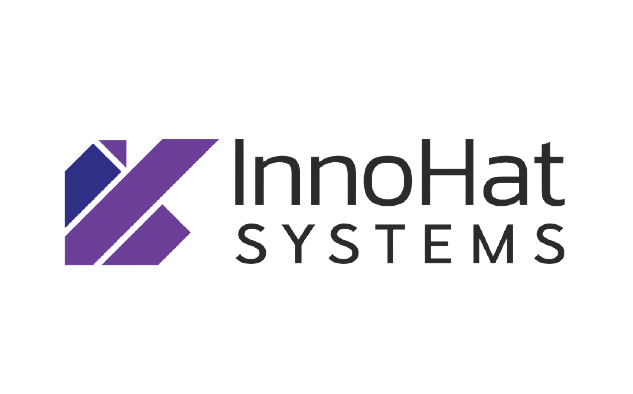What Happy Workplaces Work-Out Differently: Decoding Engagement
By Venkat Aravamudan | December 21, 2017

There is a certain Buddhist parable about four blind men who, having no prior knowledge about an elephant, try to gauge and describe the animal using their sense of touch. Each of them touches a different part of the elephant and thereby, gives a different description to the animal.
A more modern example of the tale could be found in today’s corporate circles. In the recent times, the global corporate scene has been deliberating on what they mean when they speak of employee engagement (EE). Different perspectives on the matter range from collaborative workplaces to pulse surveys or recognition. As in the case of the blind men, these definitions are all relevant to EE. However, as individual terms or concepts, none of them succeed in expressing the entirety of EE. But the way I see it, EE is holistic of these features and much more.
The question of ‘what’ in EE is largely dependent on ‘who’ is describing it for you. From an organizational perspective, it, at best, is a process targeting higher productivity and better customer connect. EE for an organization, therefore, is the perfect blend of activities and concepts that ultimately bring in higher efficiency, lesser attrition, greater employee satisfaction, actively building better customer connect. This would include but is not restricted to, perks and benefits, collaboration, surveys, and feedback, as well as rewards and recognition.
Put the same question to the employee and you are sure to get a slightly different answer. For an employee, EE probably is more about personal development and emotional connection, closer to his/her share of take-home experience from working at an organization. For an employee, EE is a collective pool which ushers in job satisfaction, workplace-connect, opportunities for learning, recognition, and avenues for personal development and continuous growth.
An engaged employee is emotionally connected to and engaged with both the organization and his/her colleagues, or peers. This is crucial for the right co-working environment. When an employee is emotionally connected to the organization, s/he actively involves not just in the achievements of the organization but makes it a point to treat the company’s problems as one’s own. This way, s/he can voluntarily and positively innovate, collaborate, suggest and stand in support of the company, through the entire journey. This reflects in the way the customers are treated and help in the creation of a loyal customer-base.
Similarly, when the employee is emotionally connected to his/her peers, there is a cordial environment residing in the workspace. There is open communication about all workplace experiences. Further, connected employees are more willing to share knowledge and extend emotional support mutually, thus eliminating the element of envy and negativity in the office. These are resultant of the employees getting to know each other more closely.
As we have dealt with the holistic part of employee engagement, we will be taking up the different aspects and components of EE in the forthcoming blogs.
